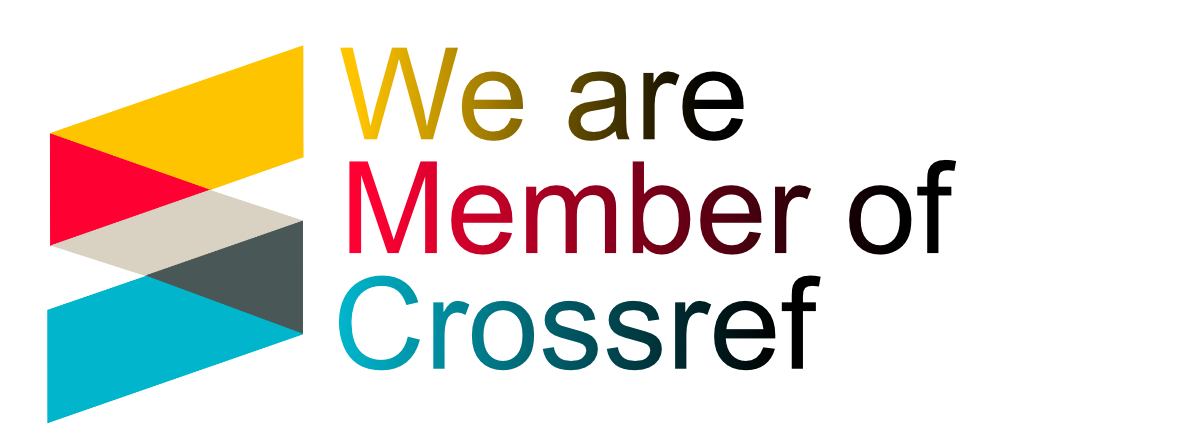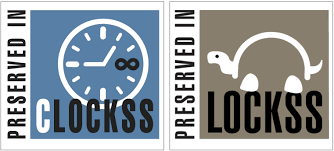Submission to Acceptance: 93 days
© 2024 | Symphony

Currere and Praxis (C&P), a peer-reviewed journal, is sponsored by the Association for the Advancement of Interdisciplinary Educational Studies (AAIDES) to support original contributions to curriculum theory and practice worldwide.
Why establish a second journal1 on currere, this one titled Currere and Praxis? The Latin infinite form of curriculum is currere, meaning to move, often quickly2, but in this journal we want essays composed and to be read in slow time3, adagio not allegro. “Praxis,” Cazdyn explains, “denotes the ceaseless movement between thinking, understanding, experimenting, acting, and changing.”4
Pinar’s conception of currere5 – including its method – encourages us linger over what we think and do, contemplating what knowledge is of most worth – the canonical curriculum question – and why, where, when, and for whom? After contemplation, we act, whether walking into a classroom to teach or into a Ministry of Education board room to decide what to tell school children about the reality in which we are all embedded: the curriculum. The concepts of currere and praxis are inextricably intertwined – in theory, in practice. They are also separable, perhaps necessarily so: “Indeed, thinking [and learning], like other solitary and even private activities (distinct from actions), takes place between me and myself or in dialogue with one other.”6 It doesn’t tend to happen in groups, where “group-think” is infamously a risk to intellectual independence. Nor does it happen when speed reading – driven by looking for take-aways – but by “lingering.”7
Dewey worried that our “zeal for doing, lust for action, leaves many a person, especially in this hurried and impatient human environment in which we live, with experience of an almost incredible paucity, all on the surface. No one experience has a chance to complete itself because something else is entered upon so speedily. What is called experience is so dispersed and miscellaneous as hardly to deserve the name.”8
So, let’s pause, proceed lentement and think – not only about the subject(s) in which we specialize, but also about the curriculum overall, its emplacement in culture, politics, place, time, gender, race, and in our subjective lives. Such a turning inward can change consciousness; a shift in the source of behavior signals a shift in behavior itself: Currere and Praxis.
References
Aoki, Ted T. 2005 (1992). Layered Voices of Teaching: The Uncannily Correct and the Elusively True. In Curriculum in a New Key (187-197), edited by William F. Pinar and Rita L. Irwin. Lawrence Erlbaum.
Berg, Maggie and Seeber, Barbara K. 2016. The Slow Professor. Challenging the Culture of Speed in the Academy. University of Toronto Press.
Butler, Judith. 2017. Arendt: Thinking Cohabitation and the Dispersion of Sovereignty. In Sovereignty in Ruins: A Politics of Crisis, edited by George Edmondson and Klaus Mladek (220-238). Duke University Press.
Cazdyn, Eric. 2012. The Already Dead. The New Time of Politics, Culture, and Illness. Duke University Press.
Han, Byung-Chul. 2017. The Scent of Time. A Philosophical Essay on the Art of Lingering. Trans. by Daniel Steiner. Polity.
Jay, Martin. 2005. Songs of Experience. Modern American and European Variations on a Universal Theme. University of California Press.
Endnotes
1 The first is: https://www.currereexchange.com/currere-exchange-journal.html
2 https://ancientlanguages.org/latin/dictionary/curro-currere-cucusrri-cursum
3 Berg and Seeber (2016) call on the university professoriate to challenge the culture of speed, in part so we – and our students - may think more carefully about what we think.
4 2012, 31.
5 https://en.wikipedia.org/wiki/Currere
6 Butler 2017, 227.
7 Aoki 2005 (1992), 197. “Whoever tries to live faster,” Han (2017, 34) cautions, “will ultimately also die faster. It is not the total number of events, but the experience of duration which makes life more fulfilling. Where one event follows close on the heels of another, nothing enduring comes about. Fulfilment and meaning cannot be explained on quantitative grounds. A life that is lived quickly, without anything lasting long and without anything slow, a life that is characterized by quick, short-term and short-lived experiences is itself a short life.”
8 Quoted in Jay 2005, 166.
© 2024 | Symphony


|
|
OJS Hosting, Support, and Customization by | OJS-Services.com |